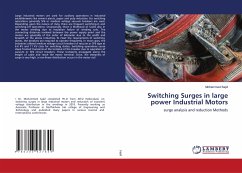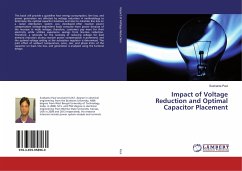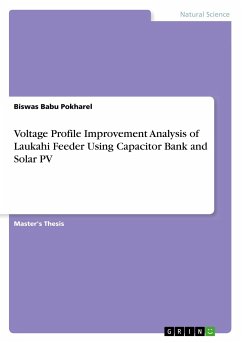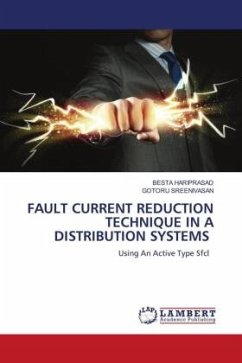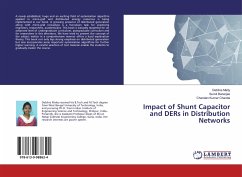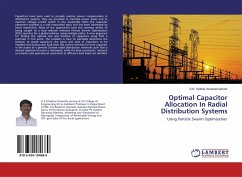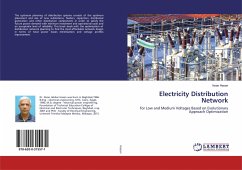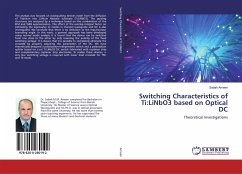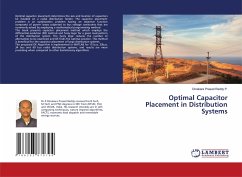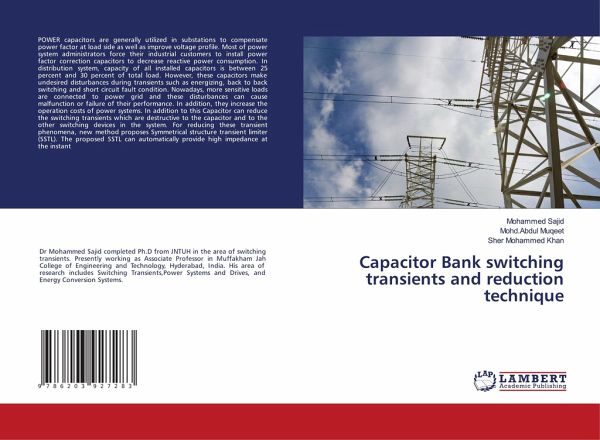
Capacitor Bank switching transients and reduction technique
Versandkostenfrei!
Versandfertig in 6-10 Tagen
27,99 €
inkl. MwSt.

PAYBACK Punkte
14 °P sammeln!
POWER capacitors are generally utilized in substations to compensate power factor at load side as well as improve voltage profile. Most of power system administrators force their industrial customers to install power factor correction capacitors to decrease reactive power consumption. In distribution system, capacity of all installed capacitors is between 25 percent and 30 percent of total load. However, these capacitors make undesired disturbances during transients such as energizing, back to back switching and short circuit fault condition. Nowadays, more sensitive loads are connected to pow...
POWER capacitors are generally utilized in substations to compensate power factor at load side as well as improve voltage profile. Most of power system administrators force their industrial customers to install power factor correction capacitors to decrease reactive power consumption. In distribution system, capacity of all installed capacitors is between 25 percent and 30 percent of total load. However, these capacitors make undesired disturbances during transients such as energizing, back to back switching and short circuit fault condition. Nowadays, more sensitive loads are connected to power grid and these disturbances can cause malfunction or failure of their performance. In addition, they increase the operation costs of power systems. In addition to this Capacitor can reduce the switching transients which are destructive to the capacitor and to the other switching devices in the system. For reducing these transient phenomena, new method proposes Symmetrical structure transient limiter (SSTL). The proposed SSTL can automatically provide high impedance at the instant



